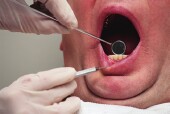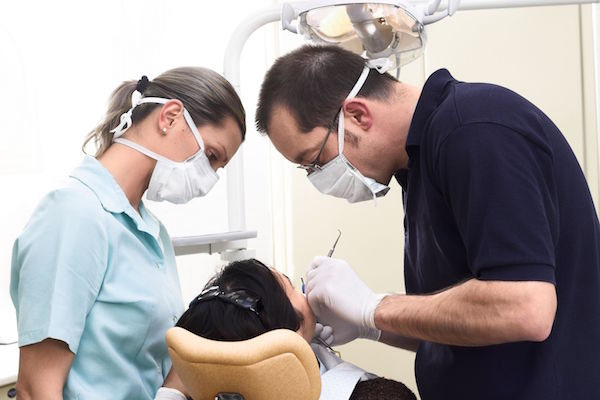
MONDAY, June 10 (HealthDay News) — For many people, once-a-year dental cleaning may be enough to prevent gum disease that leads to tooth loss, according to a new study.
“Twice-yearly cleanings have been recommended for over 50 years without supporting evidence,” study author William Giannobile, a professor of dentistry and biomedical engineering at the University of Michigan, said in a university news release.
But the results of this study “showed that one yearly cleaning is likely to be enough for patients with no risk factors,” he said. “Patients with one or more risk factors, which represent over half of the population, should visit at least twice a year and likely more in some cases.”
For the study, which was published online June 10 in the Journal of Dental Research, Giannobile and colleagues looked at data from more than 5,100 adults who visited the dentist regularly for 16 straight years, had no history of gum disease and received one or two cleanings each year.
The researchers examined the link between the frequency of teeth cleanings and long-term tooth loss in the participants, as well as three key gum disease risk factors: smoking, diabetes and genetics.
Two dental cleanings a year provided significant benefits to people with one or more of the three risk factors, while people with two or three of the risk factors may require more than two cleanings a year. But one cleaning per year appears sufficient for people with none of the risk factors, according to the study.
“The future of health care is personalized medicine,” Giannobile said. “This study represents an important step toward making it a reality, and in a disease that is widespread, costly and preventable.”
“We have long known that some individuals are at greater risk of [gum] disease, but tools haven’t been available to adequately identify those at increased risk and prevent disease progression,” he said.
More information
The U.S. National Institutes of Health has more about preventing gum disease.

